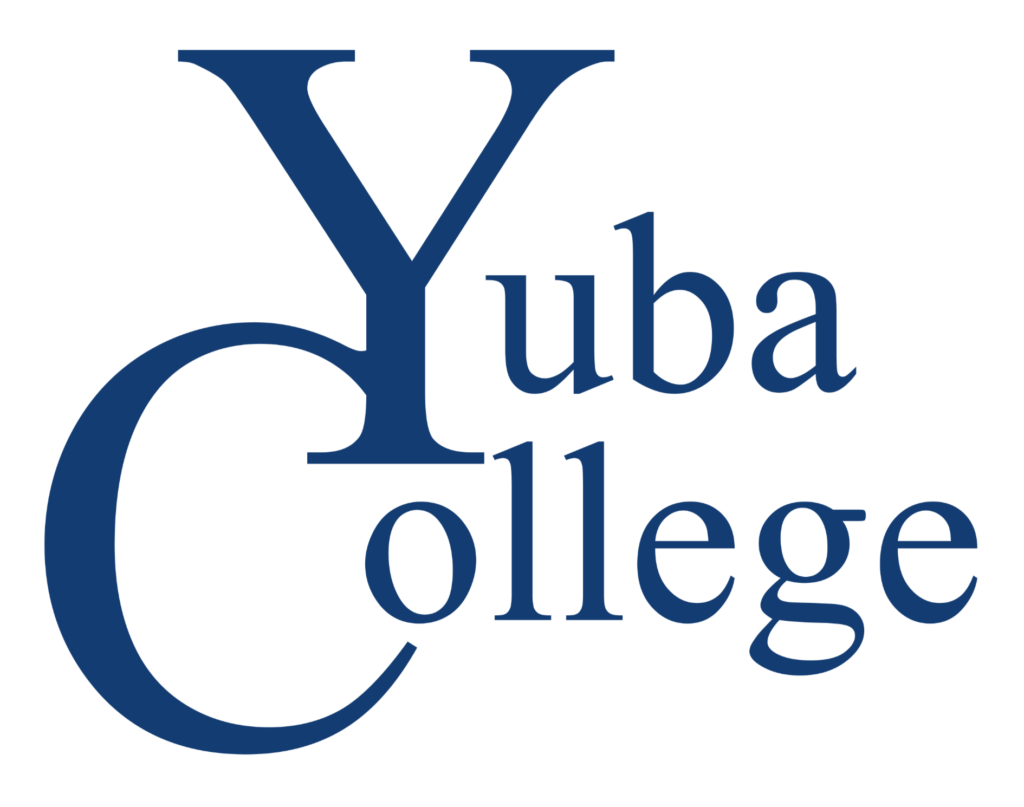Economics
Economic wisdom is nearly proverbial, but in a negative sort of way. Despite this prevailing prejudice, economics does have useful lessons for understanding the world. The purpose of the economics program is to contribute to this understanding. The courses are aimed at providing a basic level of sophistication in economic matters that will help to explain both the U.S. and global economies.
Thus the program is divided into the traditional categories of macro-economics: How governments act to constrain or release economic forces (ECON 1A); and micro-economics: How individuals and businesses operate in the context of supply and demand (ECON 1B).
Course topics and terms that are frequently encountered in newspapers, both on the front page and in the business section, will be explained: Supply and demand, interest rates, wages, financial markets, public goals versus private interests, regulation and deregulation, unemployment, the poverty level, inflation, trade balances, budget and deficits, taxation, exchange rates, and the new “global economy.”
Courses
ECON 1A—Elementary Economics-Macro (3 units) CSU/UC
Economic principles, problems, and policies; theories related to various economic problems and policies, i.e., inflation, recession, taxation, poverty, agriculture, economic development, and the environment; includes possible solutions to these problems; emphasizes macro economics. (L)
ECON 1B—Elementary Economics-Micro (3 units) CSU/UC
Economic principles, problems, and policies, including price theory or theory of the firm, labor economics, foreign trade, and comparative economic systems; emphasizes micro economics. (L)

